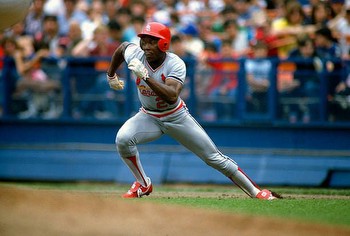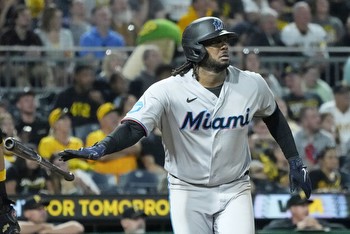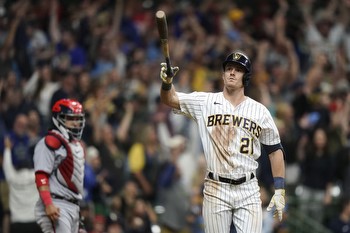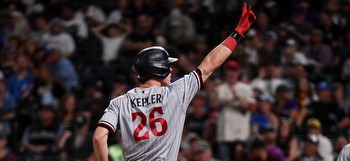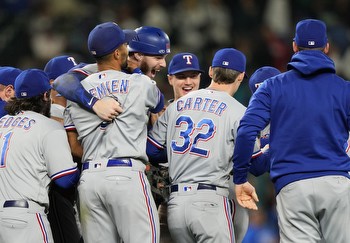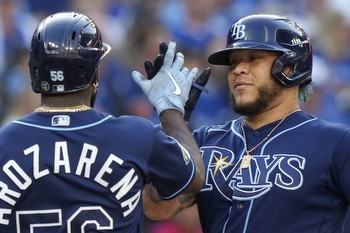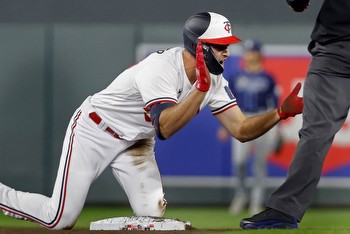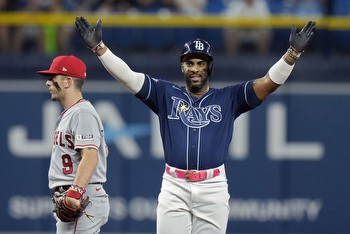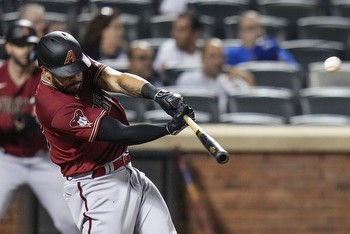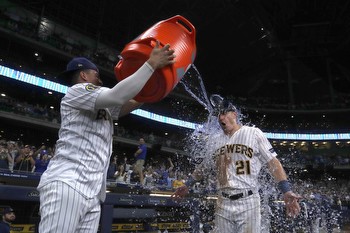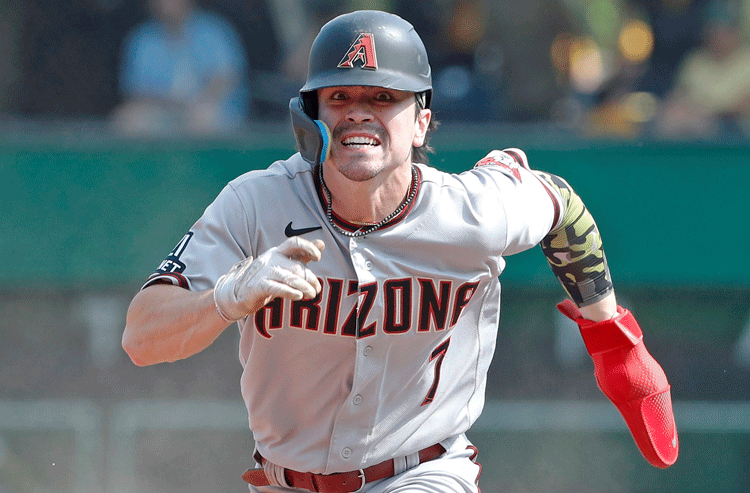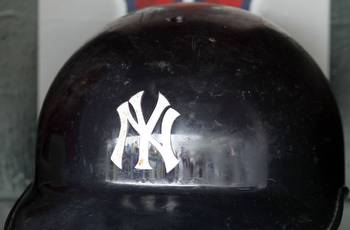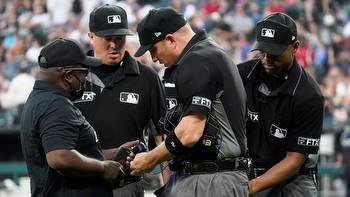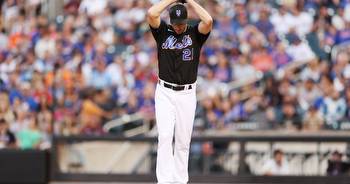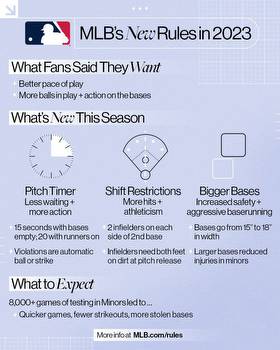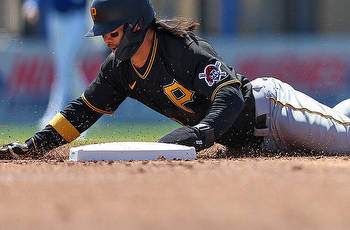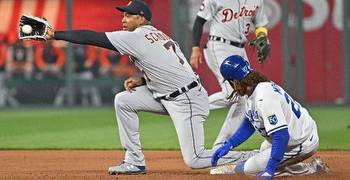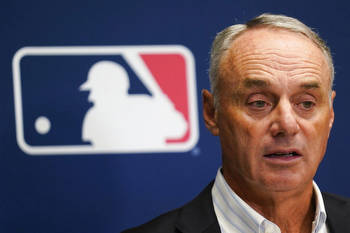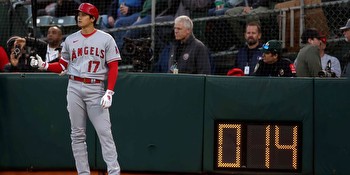2023 MLB playoffs: Baseball's new rules, including pitch clock, set for postseason debut

The 2023 Major League Baseball playoffs get started in less than a week. The playoffs will have a different pace this time around thanks to the postseason debut of the pitch clock. Yes, baseball's new-in-2023 pitch clock will also be a feature of the playoffs. We're here to refresh fans on the pitch clock and the other rules that will be on display in October for the first time.
Rule changes have cleared the way for a bit of a different game than it was in 2021 and 2022. I say "a bit" because it's still baseball. There have just been tweaks to make the game shorter and more TV-friendly in 2023.
With the 2023 MLB playoff field nearly set and the postseason set to get underway on Oct. 3, let's take a closer look at the rules.
Pitch clock
There had never before been a clock in baseball concerning on-field action at this level, but now the pitcher has 15 seconds to throw a pitch when the bases are empty and 20 seconds when there is at least one runner on. The batter must be in the box and ready to hit by the time there are eight seconds left on the clock. A violation by the pitcher results in an automatic ball, while a hitter violation is an automatic strike.
The average time of game in 2022 was three hours and six minutes. In 2023, it's two hours and 42 minutes. This is the quickest the games have been since 1984, so it's fair to say the rules are working.
Now, playoff games will be longer because the commercial breaks are longer, but the time of games in 2023 has been reduced significantly due almost exclusively to the pitch clock. Nothing else could possibly shave so much time off the games.
Playoff games last season were about 15 minutes longer than regular-season games. It's possible it'll be something like 10-12 minutes longer this season with the pitch clock. Still, games checking in at less than three hours instead of approaching three-and-a-half hours is outstanding and even if the margin is closer than that, shorter is shorter and I know among sports fans who aren't baseball die-hards, this is a pretty big deal.
If anyone is worried about pitch clock violations causing a stain over the playoff games, let's try to alleviate those concerns. The Mets had the most violations this season with 54. Among playoff teams, the Rays lead the way with 51. Most teams were in the 30s. The Mariners only had 15. Basically, we're only talking about one every 3-6 games for the most part. Given that the playoffs have added importance, I'll wager the rate gets lower, too.
Bigger bases and more steals
Before the 2023 season, MLB bases were 15 inches on each side. Now, they are 18 inches on each side. There were several reasons for this, such as player safety (their feet are much bigger these days than back when the bases were invented, meaning there was less space to go around and more opportunity for ankle and foot injuries), but the biggest impact that we'd notice in watching games on a regular basis was the decreased distance between the bases and, as a result, more stolen bases.
The bases weren't the only thing leading to more steals, but steals were way up in 2023.
'Disengagement' rule
Previously, pitchers could throw to occupied bases as many times as they wanted. For real, if Rickey Henderson was on first base and the pitcher wanted to throw to first instead of pitching the ball upward of 75 times in a row, he technically and legally could have.
Thanks to the new rules in 2023, a pitcher is only allowed to "disengage" from the pitcher's rubber on the mound twice per plate appearance with a runner on base. Even if he doesn't throw over, just stepping off is a disengagement. Due to this, most pitchers don't even disengage a second time when a speedster is on base, for fear of the baserunner knowing the pitcher cannot disengage, which is a monster advantage.
The result of the bigger bases and disengagement rule has been 0.72 stolen bases per team, per game this season, up from 0.51 in 2022 and 0.46 in 2021. This is the highest rate since 1997 and to get much higher you'd have to venture back into the '80s -- the era of Rickey and Tim Raines and Vince Coleman.
Basically, if you like faster-paced games with a lot more running, tune in.
The extreme shift is banned
This season was also the first for the limitations on defensive shifting. All infielders now must start with no more than one foot on the outfield grass and they can't have more than two infielders on either side of second base. This was the "ban" of the extreme shifting, though teams are still doing plenty of shifting within the limitations.
The batting average for the league as a whole this season rose from last year's .243 mark to .249. It's marginal, but the goal was to increase the number of hits on balls in play and that has happened. Singles, doubles and triples are all up. The batting average on balls in play (excluding home runs and strikeouts) was .297 compared to .290 from last year.
No 'ghost' runners in October, though
Since the COVID-shortened season in 2020, MLB has implemented the automatic-runner rule in extra innings. Now a permanent rule in the regular season, every team starts every inning with a runner on second base once a game gets to extra innings. It's come to be known as the "ghost" runner (which annoys the living daylights out of me since it's an actual runner, or zombie runner or Manfred Man).
But that goes away in the playoffs. Each extra inning is played exactly like the first nine innings with a clean slate and no automatic runners.

